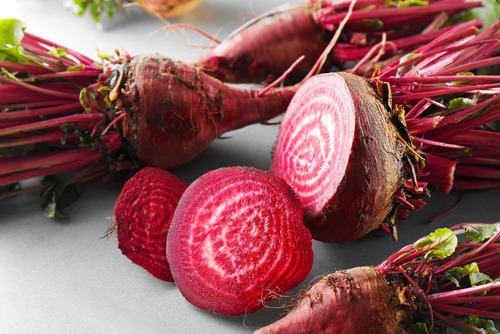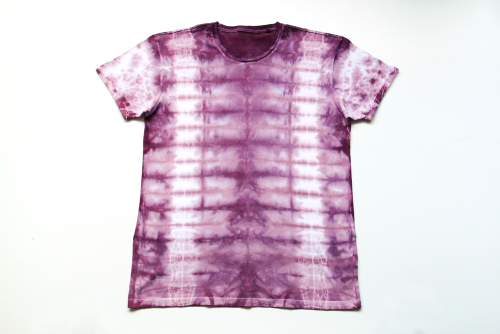Your mother may have told you not to play with your food, but she might not have known just how fun it is to use various fruits and vegetables to dye clothing. People have been using food to create natural, homemade dyes that are eco-friendly and just as beautiful as their unnatural counterparts.
Making homemade dyes is a great project to involve the entire family in, too. It provides you with a fun and easy way to use your kitchen scraps and teach your kids about sustainability. If you have some plain garments lying around that are in desperate need of some color, keep reading to discover how to dye cotton t-shirts with food.
Gather Your Supplies
To get started, you will need plain cotton t-shirts and food scraps. You may want to use t-shirts that are a size too big because they are likely to shrink during the dying process when they are exposed to heat.
Decide what color dye you would like to make. This will largely depend on the types of scraps you have on hand. Here are some suggested food items for creating dyes of various colors. You will need at least a cup of your chosen fruit or vegetable to make your dye unless you are using a spice like turmeric. In this case, you will only need a couple of tablespoons.
Red
To create red dye, you will need beets or red berries, such as raspberries, cherries, strawberries, etc. Tomatoes work, too.

Blue
If you would like to make blue dye, use red cabbage and baking soda.
Orange
Orange fabric dye can be made from paprika or scraps of a sweet potato or carrots.
Yellow
Yellow dye is made using saffron or turmeric. Onion skins may work as well.
Green
Leafy greens are perfect for making green dye. Think things like spinach and kale. Matcha works great, too. If you are going for a vibrant green, stinging nettles work well. Just be sure to wear gloves when collecting them.
Purple
Blueberries and purple sweet potatoes can be used to make purple dye. Blackberries work, too.
Brown
If you are going for brown or beige, you will want to use coffee grounds or tea bags.
Make the Dye
Chop up or squash your fruit, veggies or scraps and place in a small saucepan. Add water to the pan and bring to a boil. Use two cups of water per cup of fruit or vegetable. Bring the water to a rolling boil and then simmer for approximately an hour. Let cool completely and then strain. The colored water left behind is your fabric dye.
Keep in mind that dying garments requires a significant amount of dye. It takes about 10 cups to dye a small adult-size t-shirt. Kids t-shirts require about eight cups. When in doubt, it is always better to make too much dye as opposed to not making enough.
Dye Your Shirts
Now for the really fun part! Bring a mixture consisting of one part vinegar to four parts water to a boil. Add your cotton shirts and boil for about an hour to prepare it for dying. Remove from the boiling water and rinse with cold water. Ring out the excess liquid.
Decide whether you want to dye the entire shirt one color or if you would like to do something more creative, like tie-dyeing. If you want to dye it a solid color, submerge it in the dye. Let soak until the fabric reaches your desired color. Keep in mind that it takes more time to dye using food-based dyes than it takes to use commercially made fabric dye. You may need to leave your shirts soaking for several hours or even overnight. The end result still may not be particularly vibrant, but garments dyed using food have a unique beauty that cannot be compared to the bright colors that come from commercial dyes. When your shirt has reached the desired color, rinse with cold water.
If you want to tie-dye your shirts, fold and secure the fabric using rubber bands. Then, apply the dye to each section as desired. Let soak overnight (or longer) and then rinse using cold water.

Conclusion
Using fruits and vegetables to make fabric dye is a unique way to use up your kitchen scraps and add some color to plain clothing. Just be sure to use shirts that are made from 100 percent cotton to ensure that the dye will “stick.” Feel free to experiment with different foods to come up with your own dyes.





